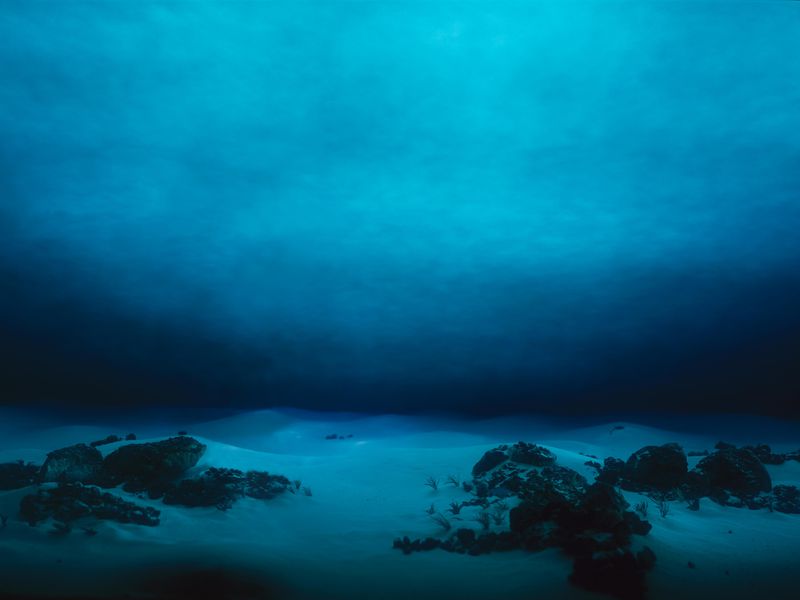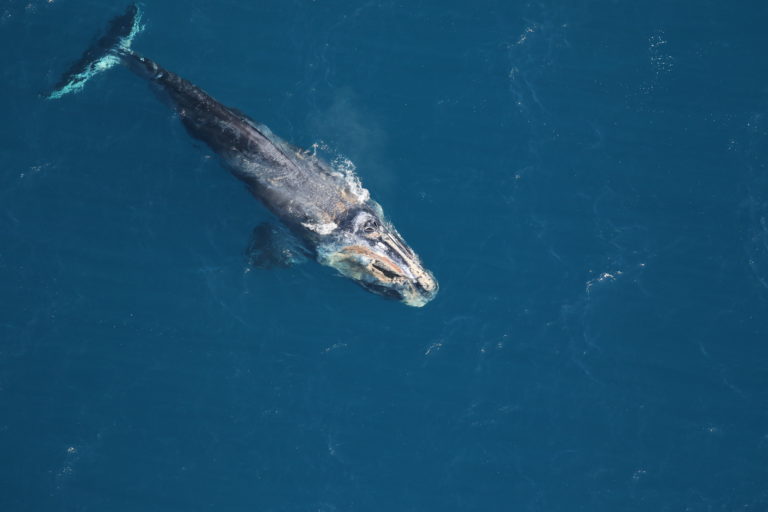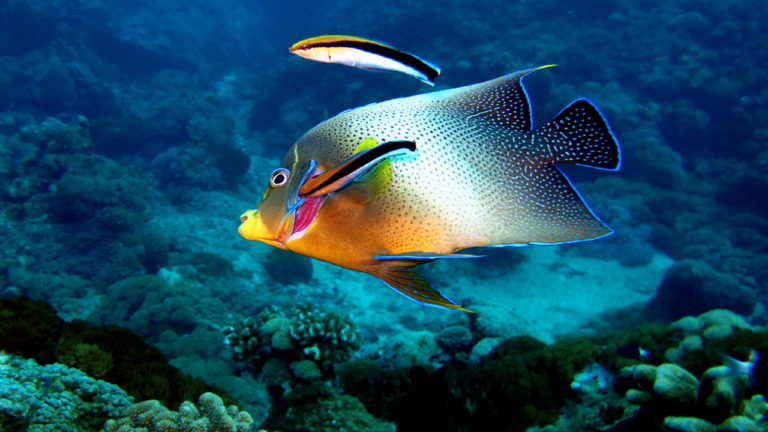“Limitless and immortal, the waters are the beginning and end of all things on earth.”
– Heinrich Zimmer
What’s greenish-grey, lives 600 meters beneath the ocean’s surface, and desperately needs to see an orthodontist?
Give up?
The answer, my friends, is the Atlantic wolffish (Anarhichas lupus). And this critter is but one of a multitude of creatures inhabiting the deeper waters of the ocean while sporting a face that only a mother could love on pay day.
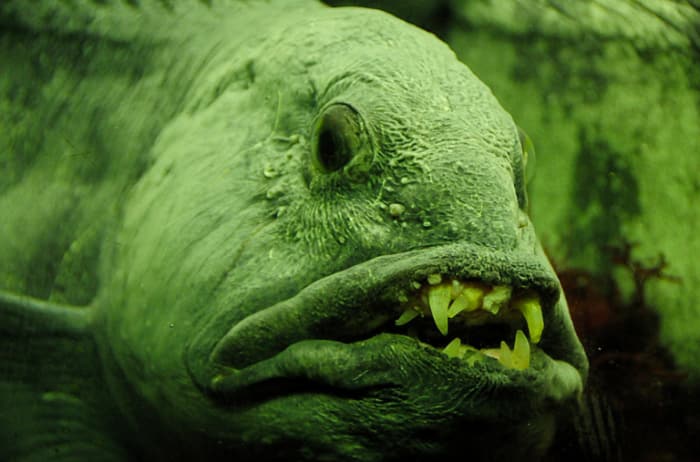
Halloween is upon us, and in just a few weeks, the sun will set and ghouls and goblins will roam the streets demanding we supply them with candy…or else. Though we may not know all the latest pop culture references (or recognize the costume a trick-or-treater has selected), the zombies, the ghosts, the politicians, the celebrities, and the ninja turtles will likely be familiar to us as they approach our doors. And though we may take in a new sight or two, when the day is done and the sugar highs have faded, most of us will pass comfortably into sleep unaffected by the days’ views.
But lights out in the ocean is a different story than Halloween night on land. When we travel deep enough in the ocean for the lights to disappear, for the pressure to build, and for the waters to cool, the organisms we discover are shocking in appearance and behavior. These creatures are foreign to us, and they have adapted to their conditions in ways that boggle our minds. Here, on Halloween night, the Pacific viperfish (Chauliodus macouni) will be blinking the photophores attached to their dorsal spines, waiting for unsuspecting treats to come closer to investigate, and the goblin sharks (Mitsukurina owstoni) will be sliding their jaws out of their mouths to engulf their prey items. A bit more terrifying than trick-or-treaters tee-peeing the house of the neighbor who dared give raisins to the neighborhood children.
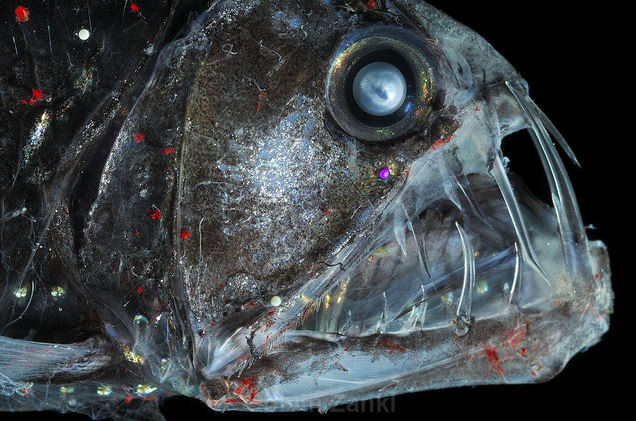
NOAA estimates that, “more than eighty percent of our ocean is unmapped, unobserved, and unexplored (NOAA 2018).” In an effort to better organize what we know and what we don’t when it comes to species, 500 scientists worldwide joined forces to create a register. Just over a decade old, this database is known as the World Register of Marine Species. It represents approximately 240,000 species to date, and the list continues to grow. But our aspirations don’t end with the discovery of new species. The Nippon Foundation and Gebco have partnered to create Seabed 2030—a project aimed at mapping the floor of the ocean by 2030.
There are sound reasons that motivate our desire for deep ocean exploration. We want to understand the world we live in. An article in “The Conversation” argues that naming species helps conservation efforts as we cannot know what we may lose if we do not know it was there in the first place. And there are even safety issues that arise with our unknowns. For example, in 2005, the USS San Francisco collided with an underwater mountain.
A quick Google search will yield news hits galore about recent efforts at furthering our ocean explorations. Authors cite economic interests—like untapped stores of oil and gas—the potential for biomedical discovery, and the pure excitement of these findings as rationale for pushing the depths of our knowledge, traversing deeper and describing and cataloguing what we see. Others, like James Cameron (yes, that James Cameron) are offering a more cautious message, one of exploration rather than exploitation. There is a new frontier, and technology’s ability to defeat insurmountable obstacles makes this a truly exciting time to be alive. But with ability comes responsibility and a need to slow down, take a breath, and make sure we are asking ourselves the right questions.

Both the deep ocean and the suburban streets will feature parading oddities on Halloween night. But there is a key difference that we sometimes seem to forget. Halloween is for the humans. It is for the children who dream all year about pillow cases stuffed with candy. It is for the parents who delight in fulfilling a child’s wish to be transformed into a favorite superhero or cartoon character. It is for the adults who get to abandon the confines of their business attire for a night to attend a costume party. It is a night of entertainment and it is designed entirely for our delight.
The deep ocean isn’t.
It is full of mysteries and oddities, some that we may benefit from, but their design is not for our benefit. In identifying unchartered territory to explore, our thoughts quickly turn to value: the value of the things we might be able to adapt, to use to promote our economic interests, and to better our quality of life. There are compelling arguments that demonstrate the importance and value of these not-yet-discovered resources. But there is also a different value to consider. It is quieter, and perhaps its costume is not as flashy, but it is important nonetheless: intrinsic value. Ronald Sandler defines intrinsic value as “the value that an entity has in itself, for what it is, or as an end.” A Pacific viperfish is amazing whether or not it yields a biomedical advance. Underwater mountains? Who knew! And a goblin shark may bear the unflattering description of shovel-like snout and flabby body, but it has party tricks the likes of which you’ve never seen.
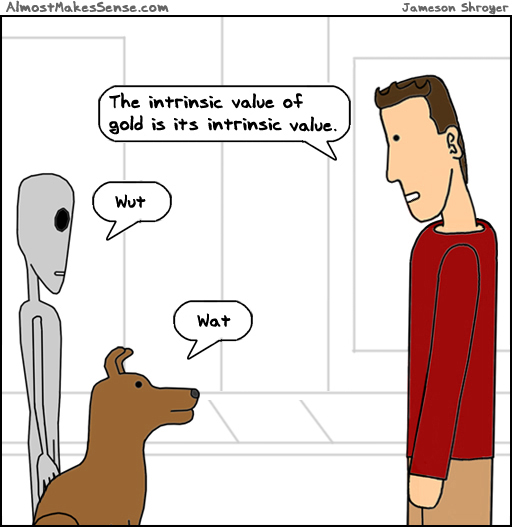
So, on Halloween night, may you enjoy the parade of oddities, benign, gruesome, and comical. Delight in the strange night created by humans for humans. But may you also think of the alien parade in the deep ocean, in the darkness, far from where our eyes can see.
References
Atlantic wolffish, Fishbase summary: https://www.fishbase.de/summary/Anarhichas-lupus.html
Cameron, James. We should be exploring the ocean’s twilight zone, not exploiting it. The Washington Post. 6/8/18. https://www.washingtonpost.com/news/posteverything/wp/2018/06/08/we-should-be-exploring-the-oceans-twilight-zone-not-exploiting-it/?utm_term=.01c48ea2bba7
Goblin shark, Australian Museum: https://australianmuseum.net.au/goblin-shark-mitsukurina-owstoni
Horton, Tammy, Kroh, Andreas, and Vandepitte, Leen. How many undiscovered creatures are there in the ocean? The Conversation. 11/30/2017. http://theconversation.com/how-many-undiscovered-creatures-are-there-in-the-ocean-86705
Frischkorn, Kyle. Why the first complete map of the ocean floor is stirring controversial waters. Smithsonian.com. 7/13/2017. https://www.smithsonianmag.com/science-nature/first-complete-map-ocean-floor-stirring-controversial-waters-180963993/
National Geographic, “Deep-Sea Creatures Photo Gallery”: https://www.nationalgeographic.com/environment/oceans/photos/deep-sea-creatures/
NOAA. How much of the ocean have we explored? National Ocean Service website, https://oceanservice.noaa.gov/facts/exploration.html, accessed 10/04/18.
Pacific Viperfish, Fishbase summary: https://www.fishbase.de/summary/2714
Sandler, R. (2012) Intrinsic Value, Ecology, and Conservation. Nature Education Knowledge 3(10):4. Available at: https://www.nature.com/scitable/knowledge/library/intrinsic-value-ecology-and-conservation-25815400
Seabed 2030 Website: https://seabed2030.gebco.net/
The Smithsonian “The Deep Sea”: https://ocean.si.edu/ecosystems/deep-sea/deep-sea
WORMS. How to inventory the names of all species on Earth. 9/12/18. http://www.marinespecies.org/news.php?p=show&id=6499
WORMS, World Register of Marine Species: http://www.marinespecies.org/index.php

